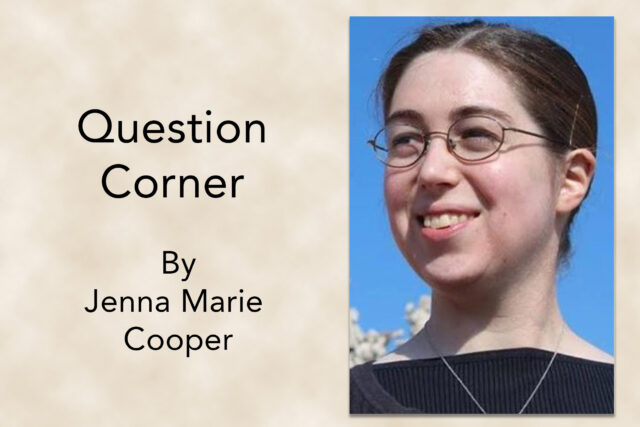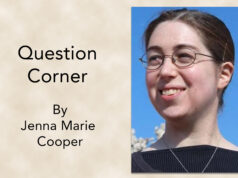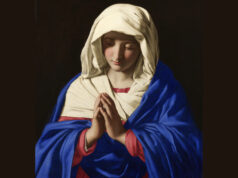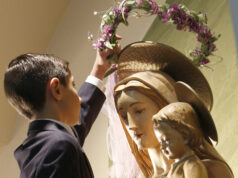Q: Now that the holidays are here many churches, not just Catholic, have nativity scenes on public display. In most of these, Joseph and Mary both appear to be about 25 years old or so, and with very westernized features. But wasn’t Mary much younger than Joseph — no more than a teen when they married? And wasn’t Joseph at least 40 or so, a widower from a prior marriage, and with already grown children (the “brothers and sisters” of Jesus mentioned in scripture)? Most importantly, shouldn’t both Joseph and Mary look Middle Eastern in these scenes? (Indiana)
A: The truth is, aside from the bare-bones essentials given to us in Scripture, we really don’t have that many “human interest” biographical details about Mary and Joseph.
With respect to Mary, we know that she was betrothed to Joseph when the angel appeared to her; that she actively agreed to be the mother of Jesus; that she visited her cousin Elizabeth, who was pregnant with John the Baptist at the time; that she intervened at the wedding at Cana; that she was present at the foot of the cross; and that the Apostle John took her into his home. And based on well-reasoned philosophical and theological principles, our Catholic doctrine fills in some other biographical details, such as her assumption into heaven.
Scripture tells us even less about Joseph. We know that he was a righteous man; who was a descendent of King David who called Bethlehem his ancestral home; and that he obeyed the instructions of an angel who appeared to him in his dreams. We also know that he was a carpenter and was known as the presumed earthly father of Jesus but, unlike with Mary, Scripture gives us no quotes at all from St. Joseph.
We also do have some ancient non-scriptural traditions about Mary and Joseph. A good example would be the narrative found in the document “The Protoevangelium of James,” which describes Mary as committed to a life of dedicated virginity from the time of her childhood, with Joseph being chosen from among men as her chaste guardian and protector. While we need to keep in mind that works such as this were not chosen to be included in the canon of scripture, the stories they recount were still very influential for some of the Fathers of the Church as well as for the Catholic imagination down through the centuries.
Regarding the idea that Joseph was an older widower with children from a previous marriage, this is only one explanation for the “brothers of Jesus” mentioned in passages such as Mark 6:3. As St. Jerome (who is best-known as the most prominent early Latin translator of the bible) reasoned, the original word used for “brother” in this context could also refer to cousins or other close kinsmen. So, it is possible that Joseph could have been a younger, never married man.
We can of course also make some reasonable presumptions about Mary and Joseph based on broad historical trends and logical consideration. For instance, we can assume Mary was a very young woman based on the marriage customs of her culture at the time. And, since Mary and Joseph were from the Middle East, it’s reasonable to assume that the historical Mary and Joseph looked like other people from their region.
That all being said, the point of religious art and imagery is not so much to give us a perfect, historically accurate picture of events that occurred in the life of Jesus. Rather, sacred art is meant to help us better engage with and personally enter more deeply into the mysteries they represent. Because of this, it is very common for vastly different cultures throughout history to depict Mary, Jesus, and Joseph as looking like one of their own.
Jenna Marie Cooper, who holds a licentiate in canon law, is a consecrated virgin and a canonist whose column appears weekly at OSV News. Send your questions to CatholicQA@osv.com.








